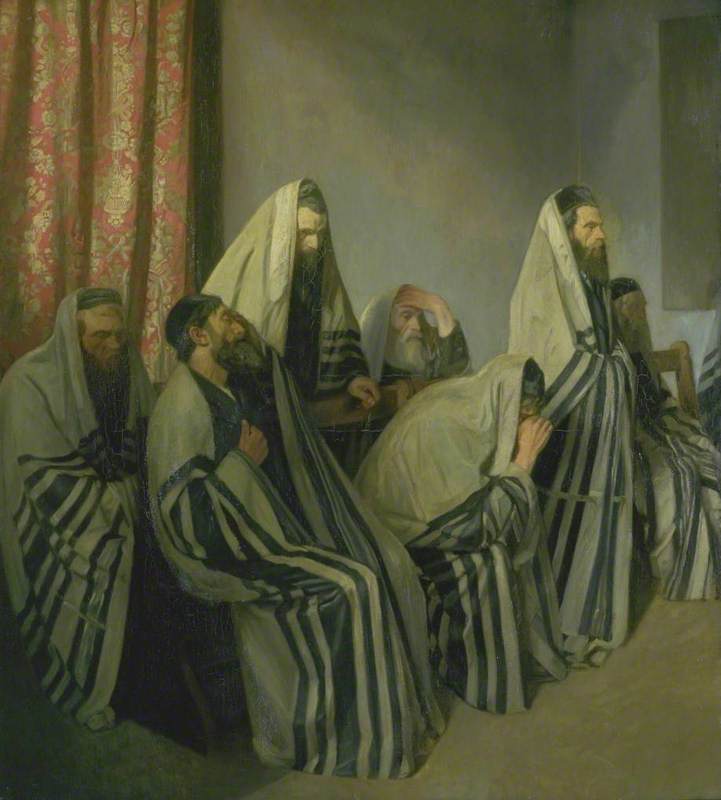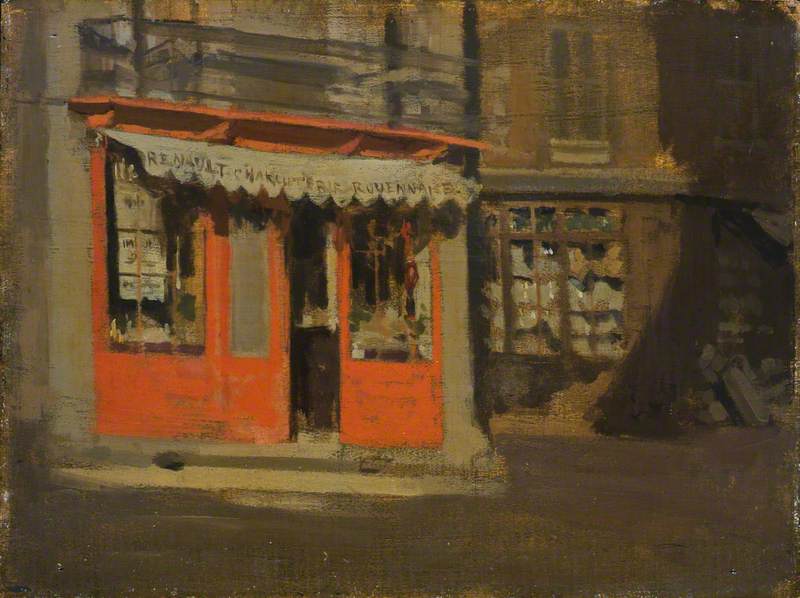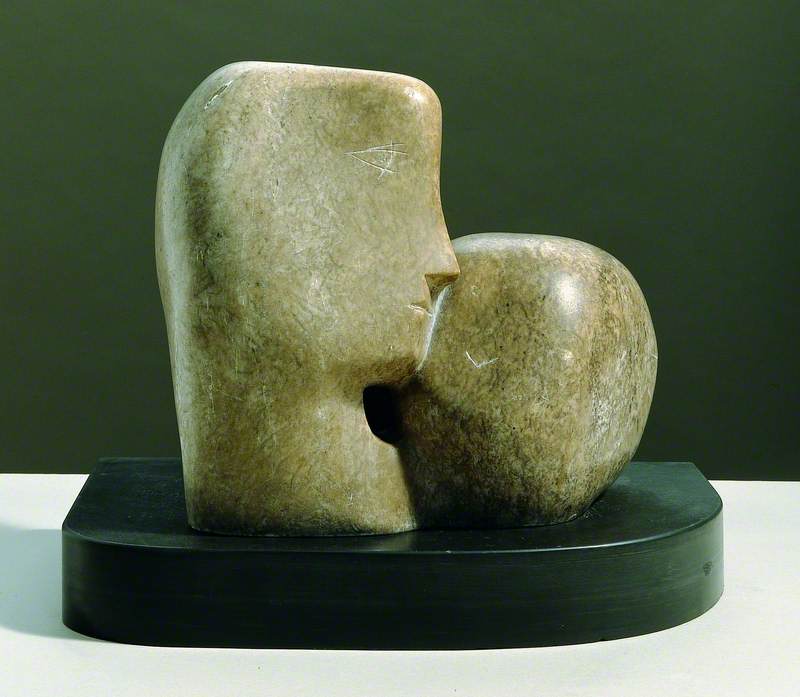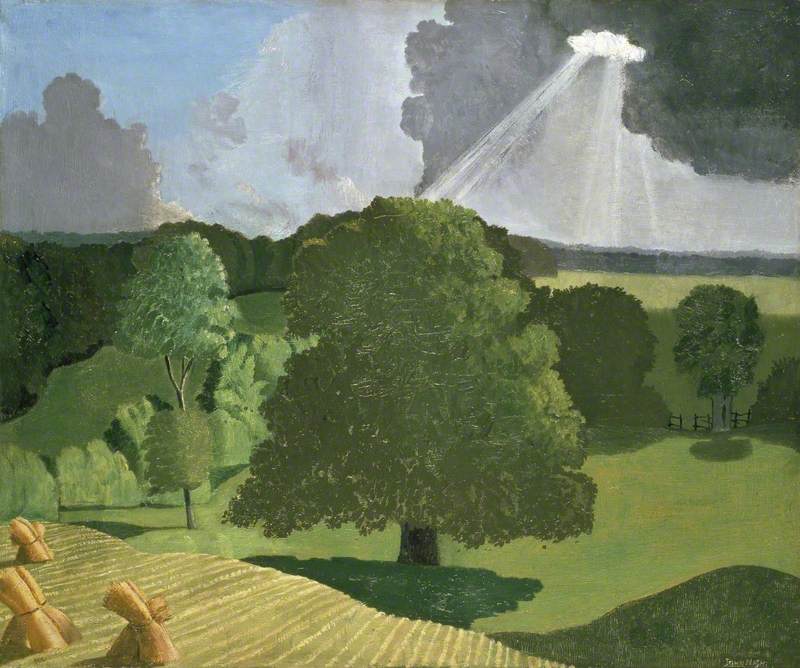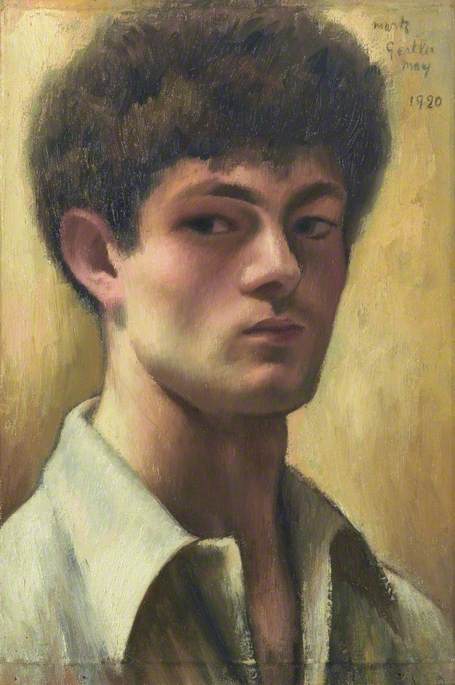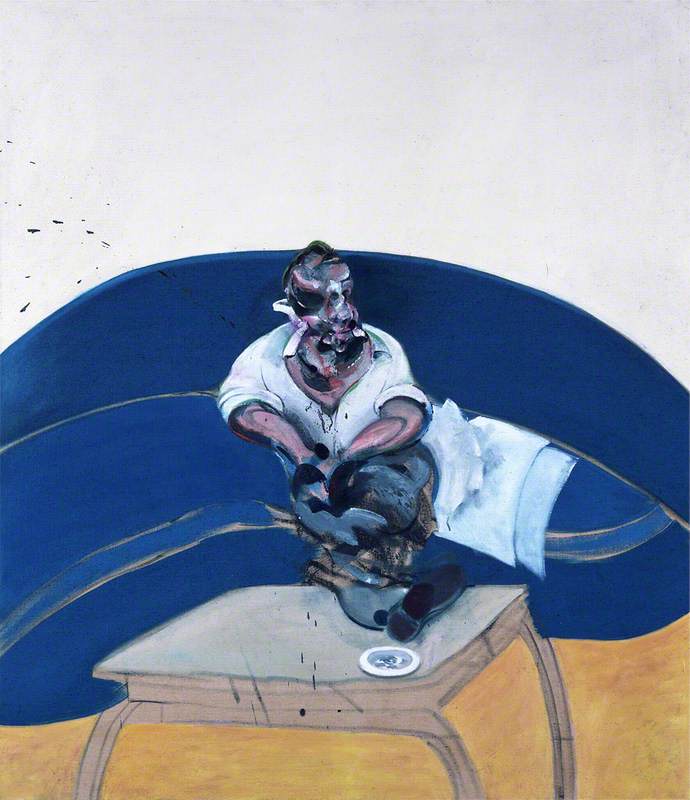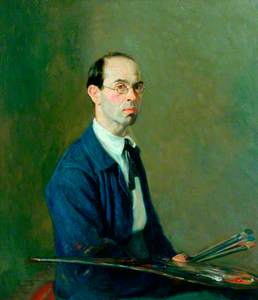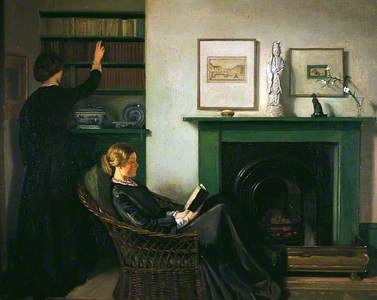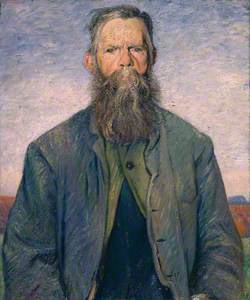William Rothenstein is best remembered today for his life 'beyond the easel': as a writer, teacher (he was Principal of the Royal College of Art from 1920 to 1935) and talented social-networker. Born into Bradford's influential German-Jewish community, he studied in London and Paris before settling in the former, where he made his reputation at the turn of the century.
In the years before the First World War, Rothenstein was seen as one of the leading British artists of his generation, though his refusal to explore the non-figurative modes associated with modernism ensured his subsequent neglect. Despite this relative stylistic conservatism – not untypical of his generation – Rothenstein tackled a wide range of highly significant subjects, from dancers in 1890s Paris to RAF pilots serving in the Second World War.
Who Rothenstein knew is often considered to be more important than what he did. The one hundred and ten Rothenstein paintings in public ownership though, are testament to his achievements as an artist. Many of these were very little known before being made available on Art UK.
One of the most interesting, and earliest, works is Coster Girls at Museums Sheffield, a painting first exhibited in London in 1894.
Here we see the young artist establishing himself as a painter of 'modern' subjects, depicting two confident young women selling their wares on the banks of the Thames. The question of whether they are selling more than the customary fruit seems to be settled by the stance of the fashionably dressed woman at the picture's centre, whose shapely figure is laid open to the viewer's gaze.
The pose of the women in a later painting, 1900's The Browning Readers held by Bradford Museums and Galleries is rather more demure.
This interior – one of many such paintings Rothenstein completed around the turn of the century – depicts his new wife Alice and her sister Grace (who later married the artist William Orpen) reading volumes of Robert Browning in the Rothenstein's tastefully decorated Kensington cottage. The carefully arranged group of objects on the artist's mantelpiece, which include a Chinese porcelain figure and an Egyptian cat, serve as a reminder of Rothenstein's cosmopolitan connections.
While Rothenstein continued to paint his wife (and, in time, children) in domestic settings, he would soon turn his attention to a very different kind of interior. Inspired by a visit to an East End synagogue in 1902, he embarked upon a series of representations of Jewish life in Whitechapel, London. These paintings, which include the great 1906 work, Jews Mourning in a Synagogue, now at Tate, coincided with the complex national debate over immigration which culminated in the 1905 Aliens Act.
As many commentators questioned the right of Jewish immigrants to settle in the East End, Rothenstein (who shared their Jewish heritage) sought to imbue these figures with due dignity, drawing attention to their spiritual dedication in the face of great suffering.
In 1912, Rothenstein and his family temporarily relocated from London to Gloucestershire, where he painted many landscapes and portraits of local characters. As with his representations of Jewish life, he concentrated on elderly, largely anonymous figures such as Eli the Thatcher (1913) in Manchester Art Gallery, offering as he did an intriguing contrast to his more formal, commissioned portraits of well-known personalities.
From the turn of the century onwards, Rothenstein was increasingly frustrated with the role of the artist in modern society, feeling that there was too much pressure to pander to the tastes of a few rich patrons. In an effort to redress the balance he was an outspoken promoter of wall paintings, with which he thought all town halls should be decorated.
Sir Thomas Roe at the Court of Ajmir, 1614
1925–1927
William Rothenstein (1872–1945) 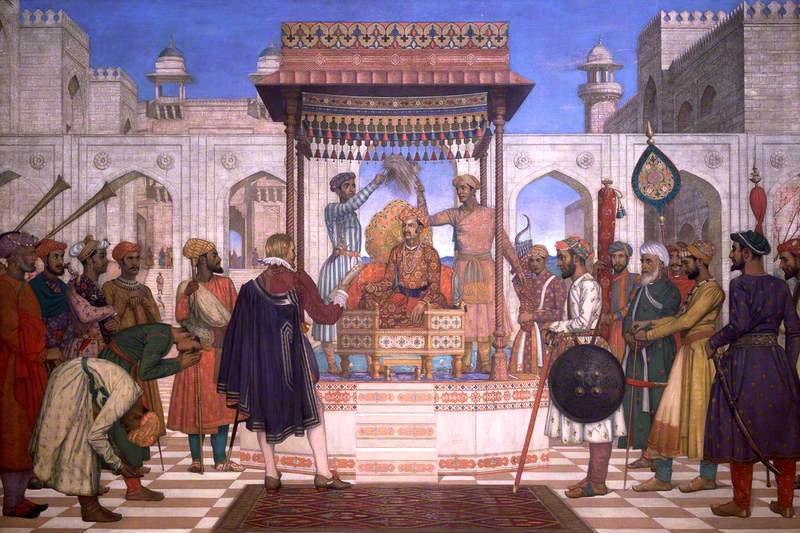
Although he had limited success with this project, he completed one major mural: his 1927 Sir Thomas Roe at the Court of Jehangir, Ajmir, 1614, which hangs in St Stephen's Hall, The Palace of Westminster.
Dr Samuel Shaw, Co-founder of the Edwardian Culture Network, and Post-Doctoral Associate at the Yale Center for British Art



